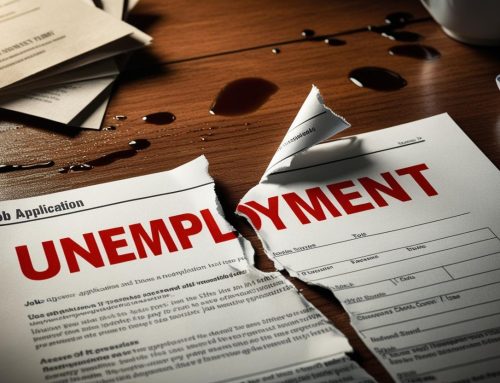February 16, 2023
- Monthly real gross domestic product (GDP) is estimated to have fallen by 0.5% in December 2022, following an unrevised growth of 0.1% in November 2022.
- Looking at the broader picture, GDP was flat in the three months to December 2022, and annual GDP output is estimated to have grown by 4.1% in 2022, following growth of 7.4% in 2021.
- The services sector fell by 0.8% in December 2022, after unrevised growth of 0.2% in November 2022; the largest contributions to this fall came from human health activities, education, arts, entertainment and recreation activities, and transport and storage.
- Output in consumer-facing services fell by 1.2% in December 2022, following growth of 0.4% in November 2022 (revised up from 0.2%).
- Production output grew by 0.3% in December 2022, following growth of 0.1% (revised up from a 0.2% fall) in November 2022. The main contributor to this growth was electricity, gas, steam and air conditioning supply.
- The construction sector was flat in December 2022 after a fall of 0.5% (revised down from being flat) in November 2022.
Monthly GDP
Monthly real gross domestic product (GDP) is estimated to have fallen by 0.5% in December 2022 (Figure 1) following unrevised growth of 0.1% in November 2022. Monthly GDP is now estimated to be 0.5% below its pre-coronavirus (COVID-19) levels (February 2020). Annual GDP output is estimated to have grown by 4.1% in 2022, following growth of 7.4% in 2021.
The services sector fell by 0.8% in December 2022 and was the main driver of the fall in GDP. Production grew by 0.3% in December 2022 and construction remained flat on the month.
Looking more broadly, GDP was flat in the three months to December 2022 when compared with the three months to September 2022. The services sector was flat in the three months to December 2022, while production fell by 0.2% and construction grew by 0.3% in this period. These figures are consistent with the quarterly output measure within our latest GDP first quarterly estimate, UK: October to December 2022 bulletin.
Monthly GDP fell by 0.1% in December 2022 compared with the same month last year. For comparison, monthly GDP grew by 0.6% between November 2021 and November 2022 (revised up from a growth of 0.2% in our previous publication).
The services sector
Services fell by 0.8% in December 2022, following unrevised growth of 0.2% in November. Figure 3 shows the contributions from the services sector to GDP in December 2022.
The largest driver of the fall in services in December 2022 was human health and social work activities, which fell by 2.8%. This was driven by a 4.2% fall in the human health activities industry, which saw broad falls across the industry. This included fewer GP appointments and operations, partly because of the impact of strikes. A second consecutive fall was seen in the NHS Test and Trace and vaccine programmes, especially vaccination activity.
The second largest contribution to the fall in services was education, which fell by 2.6% in December. This was the industry’s fourth consecutive monthly contraction. In this latest month there was a significant drop in attendance levels, especially in the run-up to Christmas.
There was also a fall in arts, entertainment and recreation, of 7.8%. This was driven largely by a fall of 17.0% in sports activities and amusement and recreation activities in December. This was when the Premier League had fixtures moved for the 2022 FIFA World Cup, not resuming play until 26 December.
The largest positive contribution in services in December came from professional, scientific and technical activities which saw 0.7% growth. This was mainly from 3.1% growths in both legal activities and in the architectural and engineering activities; technical testing and analysis industry.
Three month and annual growth
The services sector was flat overall in the three months to December 2022 compared with the three months to September 2022. Negative growth in 8 of the 14 services sub-sectors was offset by positive contributions in the other 6.
Annual services output for 2022 grew by 5.5%, following growth of 7.0% in 2021.
Source: United Kingdom National Statistics Office
Legal Notice: The information in this article is intended for information purposes only. It is not intended for professional information purposes specific to a person or an institution. Every institution has different requirements because of its own circumstances even though they bear a resemblance to each other. Consequently, it is your interest to consult on an expert before taking a decision based on information stated in this article and putting into practice. Neither Karen Audit nor related person or institutions are not responsible for any damages or losses that might occur in consequence of the use of the information in this article by private or formal, real or legal person and institutions.






